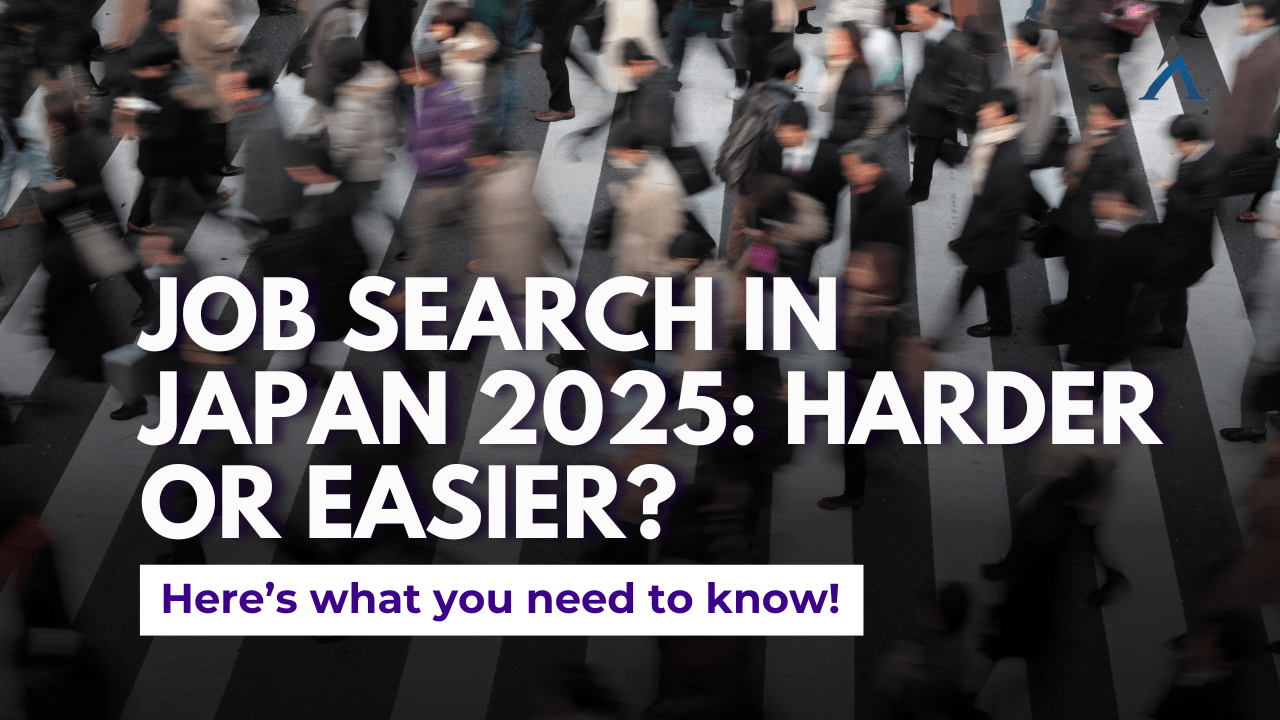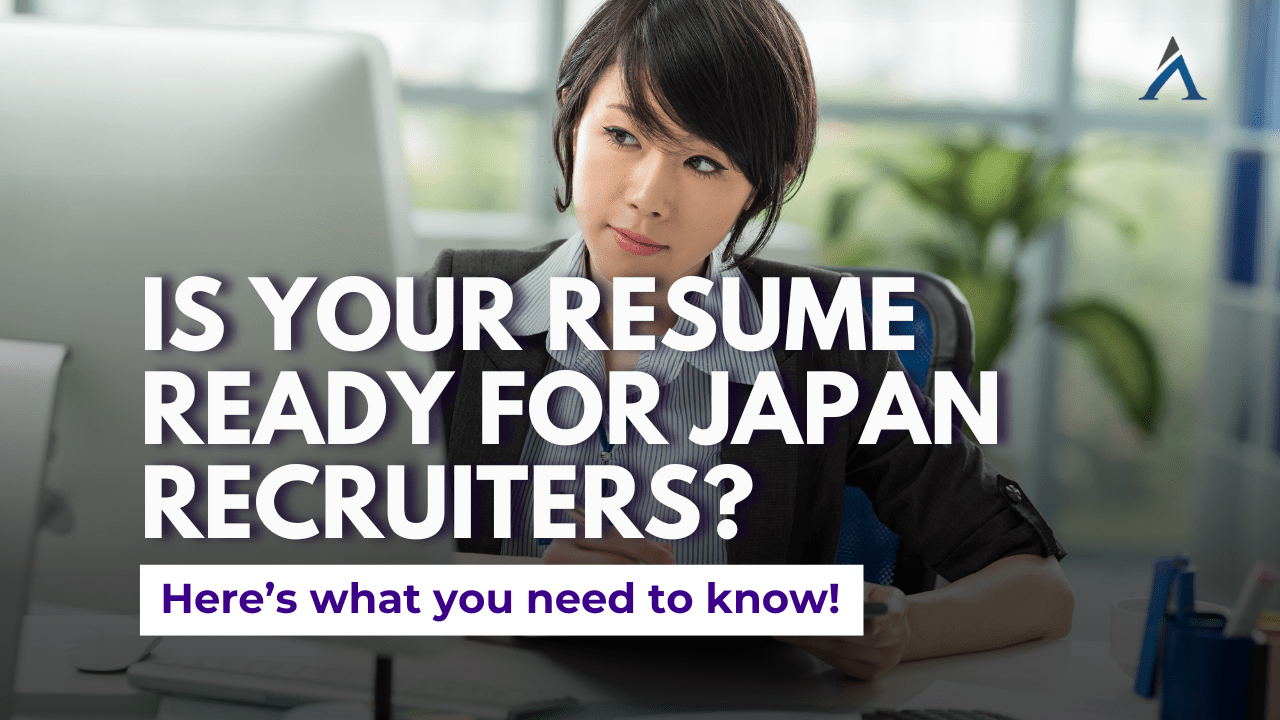Creating a people-first culture in the workplace involves prioritizing employees’ well-being, development, and engagement. Leaders play a crucial role in shaping such a culture by implementing practices that show they value and care for their team members. Here are strategies for fostering a people-first culture:
1. Lead by Example
Leaders set the tone for the organization’s culture. By demonstrating empathy, respect, and transparency, leaders can model the behaviors they want to see in their team. Showing a genuine interest in employees’ well-being and acting with integrity encourages similar behaviors throughout the organization.
2. Prioritize Open Communication
Encourage open, honest, and transparent communication. Create channels for employees to share their thoughts, concerns, and ideas without fear of retribution. Regularly hold one-on-one meetings, team check-ins, and town halls to keep communication lines open and active.
3. Invest in Employee Development
Provide opportunities for continuous learning and professional growth. Offer training programs, workshops, mentorship, and career development plans. Supporting employees’ growth not only enhances their skills but also shows that the organization values their long-term success.
4. Recognize and Reward Contributions
Acknowledge and celebrate employees’ achievements and contributions. Implement recognition programs that highlight individual and team accomplishments. Regular appreciation boosts morale and reinforces a positive culture where employees feel valued and motivated.
5. Promote Work-Life Balance
Encourage a healthy work-life balance by offering flexible work arrangements, such as remote work options, flexible hours, and generous leave policies. Support employees in taking time off to recharge, and ensure they know that their well-being is a priority.
6. Foster Inclusivity and Diversity
Create an inclusive environment where diversity is celebrated, and all employees feel they belong. Implement policies and practices that promote diversity and inclusion, such as diverse hiring practices, bias training, and employee resource groups. An inclusive culture enhances creativity, innovation, and employee satisfaction.
7. Provide Support and Resources
Ensure employees have access to the resources they need to succeed, including tools, technology, and a supportive work environment. Provide mental health resources, wellness programs, and employee assistance programs to support their overall well-being.
8. Encourage Collaboration and Teamwork
Promote a collaborative culture where teamwork is valued. Encourage cross-functional projects, team-building activities, and open collaboration spaces. When employees work together and support each other, it fosters a sense of community and shared purpose.
9. Solicit and Act on Feedback
Regularly seek feedback from employees on their experiences, needs, and suggestions for improvement. Use surveys, suggestion boxes, and feedback sessions to gather input. More importantly, act on the feedback received to show that employees’ voices are heard and valued.
10. Demonstrate Empathy and Compassion
Show empathy and compassion in interactions with employees. Understand and support their personal and professional challenges. Leaders who demonstrate genuine care for their team members build trust and loyalty, creating a more positive and supportive work environment.
Conclusion:
Fostering a people-first culture in the workplace requires leaders to prioritize open communication, employee development, recognition, work-life balance, inclusivity, support, collaboration, and empathy. By implementing these strategies, leaders can create an environment where employees feel valued, respected, and motivated to perform at their best.
At Ascent Global Partners, we specialize in helping organizations develop and sustain people-first cultures. Contact us today to learn how we can assist you in creating a workplace that prioritizes your employees’ well-being and success.
Check out our website – ascentgp.com for tons of useful tips on career advice, resume tips, interview follow-ups, and a wide range of other topics. Plus, we’ve got articles and podcasts on career, leadership, and recruitment advice: ascentgp.com/blog.



